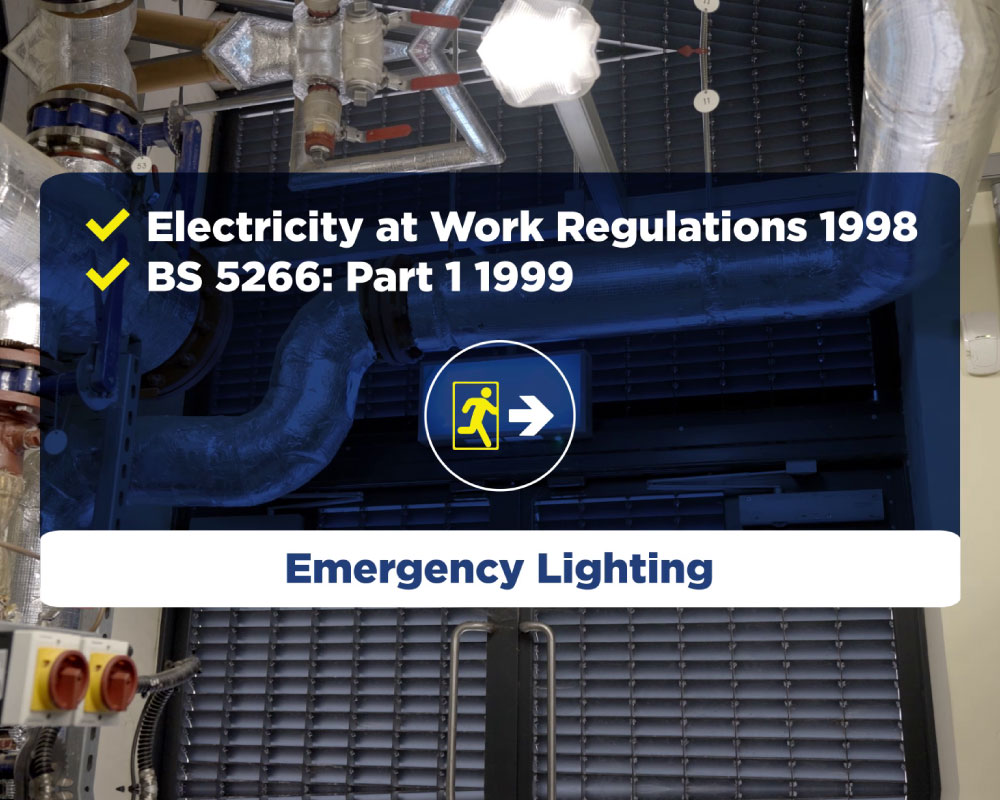Designed to Comply with Emergency Lighting British Standards
Emergency lighting is a statutory requirement for all businesses, playing an essential role in safety during power outages, fires and other emergencies. Emergency lighting regulations require proper design, installation and regular testing of emergency lighting systems, including verification of battery backup and appropriate signage.
Voltix Services provides full emergency lighting solutions – from emergency lighting installation and testing to issuing emergency lighting certificates. Ensure your business has sufficient lighting for safety and simplify compliance with our expert team by your side.
Emergency Lighting Compliance
Key Emergency Lighting Requirements, UK
Emergency lighting must illuminate escape routes, exits and areas where hazards might exist (like stairs).
Emergency exit lights and directional signage must be illuminated and clearly visible to guide occupants.
Emergency lighting systems need a backup power source (usually batteries) that can maintain illumination for a specified duration, typically one or three hours.
Regular emergency light testing, both monthly and annually, is crucial to ensure the system functions as intended.
Maintaining records of emergency lighting inspections, tests, maintenance and system design is essential for demonstrating compliance.
A thorough risk assessment should identify areas needing emergency lighting based on building layout, occupancy and potential hazards.
Need Reliable Lighting Maintenance?
Types of Emergency Lighting Certificates
Emergency light certificates are primarily issued in accordance with the emergency lighting British Standards and the Regulatory Reform (Fire Safety) Order 2005. These include:
Emergency Lighting Installation Certificates
These certificates specifically relate to the installation of the emergency lighting system, verifying that the installation meets the required standards.
Periodic Inspection and Test Certificates
These are issued after regular testing and inspections of the emergency lighting system, confirming that it continues to function correctly and meets the necessary standards.
Emergency Lighting Completion Certificates
These are issued after the initial installation of emergency lighting or after any significant alterations or additions to the system, confirming that the work complies with relevant regulations and standards.
Emergency Lighting Design Certificates
These are issued to confirm that the emergency lighting system has been designed to meet the specific requirements of the building and its intended use.
Emergency Lighting Verification Certificates
These certificates verify that the emergency lighting system has been verified against its design and meets the specified performance criteria.
Benefits of Emergency Lighting Solutions from
Voltix Services
Meet BS standards for emergency lighting and other health and safety regulations, including specific emergency light testing procedures and duration.
Safeguard building occupants during a power outage. Emergency lighting is crucial to helping them safely exit the premises.
No subcontractors. Our professional team is accredited to offer a full emergency lighting compliance solution.
Achieve health and safety standards with high-performance LED emergency light solutions that are bright, low-maintenance, long-lasting and energy efficient.
We offer a 24/7 emergency callout service with a four-hour turnaround time for emergency lighting in critical environments.
We offer comprehensive emergency lighting solutions – design, installations, maintenance, emergency lighting testing and remedial services.
Our services are tailored to your building type and layout, risks and requirements.
Our client portal provides full transparency on historical and upcoming compliance processes, with certification at your fingertips for easy admin.
Accreditations
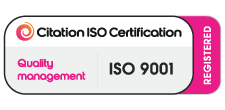
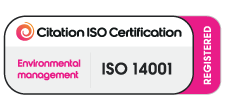
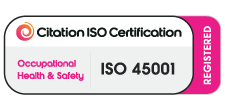
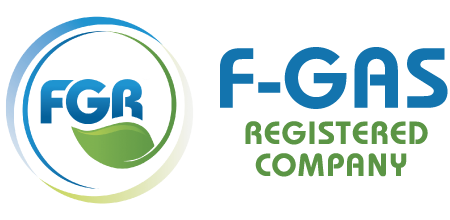
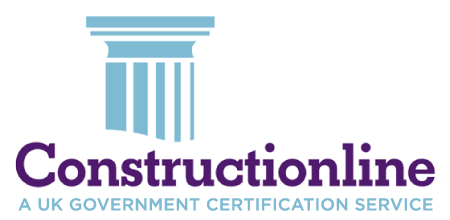
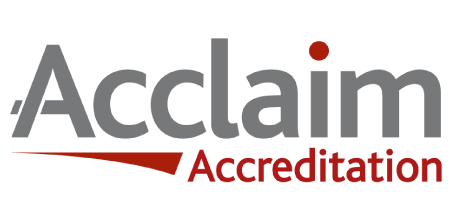
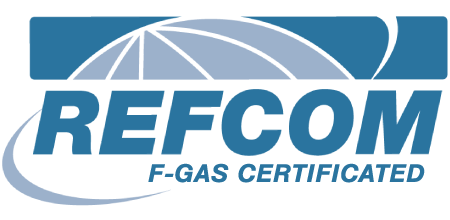
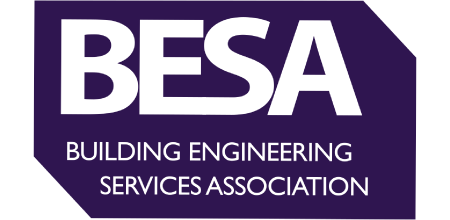
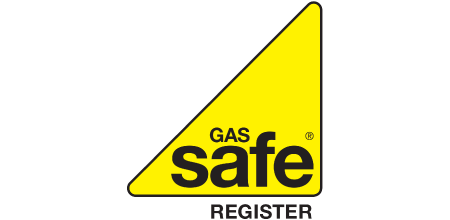
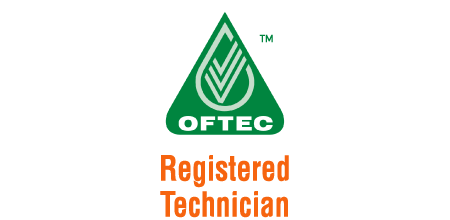
Frequently Asked Questions
Everything you need to know about emergency lighting.
- Monthly emergency light testing – A short functional test to ensure lights operate when power is cut.
- Annual emergency light testing – A full-duration test to check battery performance (usually 1 – 3 hours depending on the system).
Voltix can manage this schedule as part of a planned maintenance agreement.
- Visual Check:
Inspect all emergency lights and exit signs for any damage, clean any dirty or blackened lamps and verify that indicator lights are functioning. - Simulated Failure:
Simulate a power outage by either using a dedicated test switch (often requiring a special key) or by switching off the relevant circuit breakers. - Check Illumination:
Ensure all emergency lights and exit signs illuminate properly and provide adequate light for the area. - Restore Power:
Switch the normal power supply back on and verify that indicator lights on the emergency lights show that the normal power has been restored. - Record Results:
Document all checks, including any faults found and actions taken, in a logbook.
- Simulate Power Outage:
Similar to monthly testing, simulate a power outage for the full duration (typically three hours). - Check for Continued Functionality:
During the full discharge test, ensure that all emergency lights and exit signs remain illuminated for the entire duration. - Address Failures:
If any lights fail to illuminate or lose brightness during the test, address the issue by replacing batteries or lamps and retesting. - Record Results:
Record the results of the annual test, including any failures and repairs, in the logbook.
Yes. Under the Regulatory Reform (Fire Safety) Order 2005, all non-domestic buildings must have compliant emergency lighting installed to provide illumination for safe evacuation in the event of power failure or fire.
Emergency lighting is installed to illuminate:
- Escape Routes:
Luminaires should be placed near exit doors, at changes in direction and at points where there is a change in level. - High-Risk Areas:
Special attention should be given to areas with potential hazards, such as stairwells, areas with hazardous machinery, or areas where first aid equipment is located. - Minimum Lux Levels:
Minimum illumination levels are specified, with higher levels required in areas like escape routes and lower levels in open areas. - Response Time:
Emergency lighting should reach full output within a reasonable time, typically within 60 seconds and even faster (within 0.5 seconds) in high-risk task areas. - Building Type:
Requirements may differ based on the type of building and its occupancy. For example, buildings where occupants cannot immediately evacuate may require longer durations of emergency lighting.
Work with Voltix Services for Emergency Lighting and Compliance
At Voltix Services, we aim to simplify every element of your commercial building’s compliance. Work with us for full emergency lighting solutions for safety, peace of mind and optimised operations.

